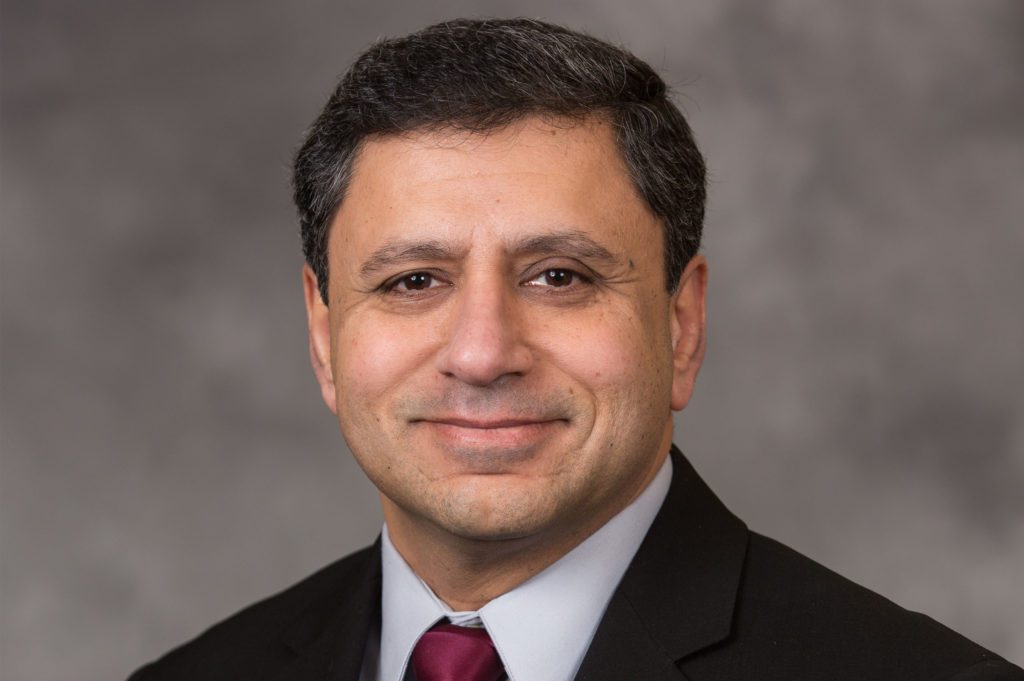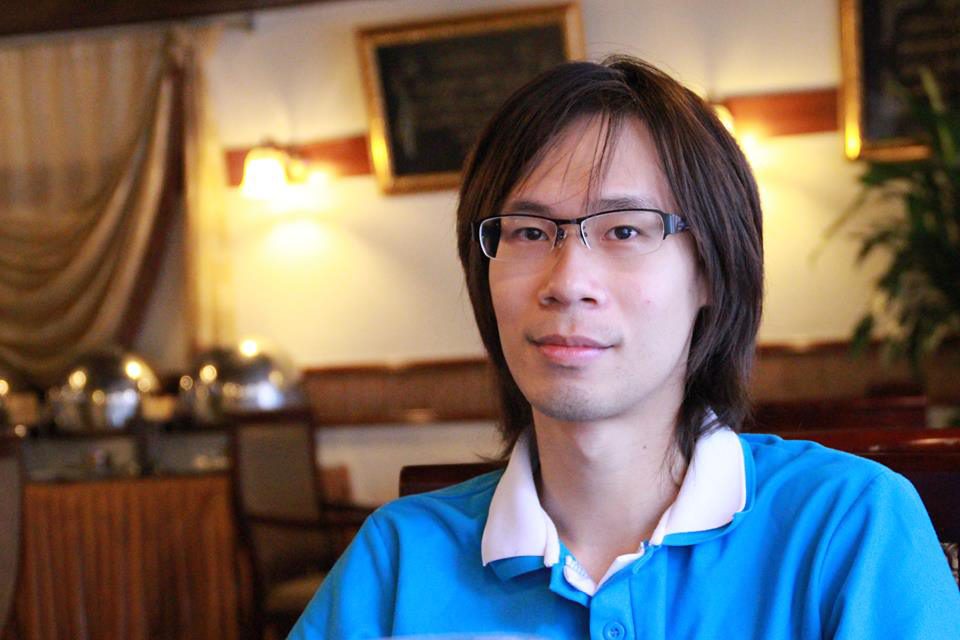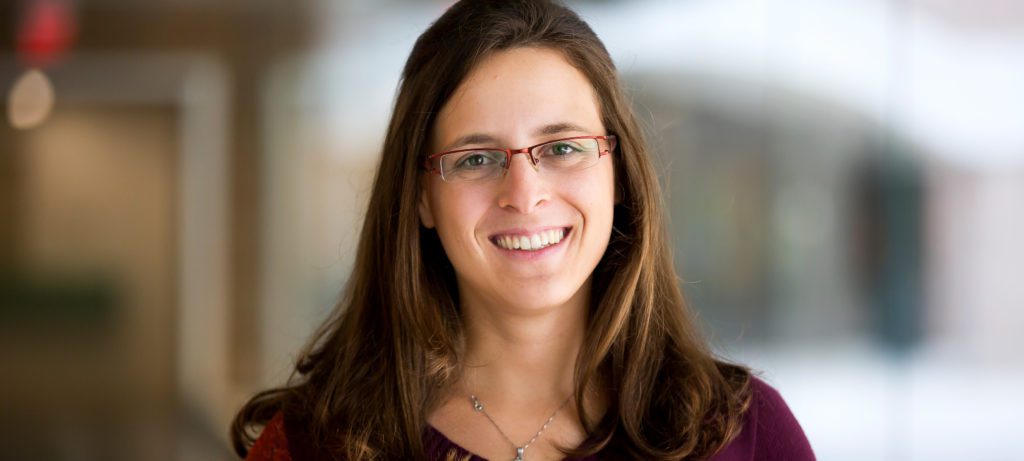The WAND wireless sensor developed in a collaboration between Total, an oil & gas company, and the University of Michigan is revolutionizing well monitoring


The WAND wireless sensor developed in a collaboration between Total, an oil & gas company, and the University of Michigan is revolutionizing well monitoring

His work is in complexity theory of distributed computing.
Classes pioneer home lab kits, virtual lab presence, or taking advantage of the distance with a collaborative data project.
The post Three ways to do hands-on, remote learning appeared first on Michigan Engineering News.
The company’s technology delivers an anti-inflammatory agent directly to overreactive neutrophils, minimizing harm from “cytokine storms.”
The post U-M spinout Asalyxa Bio developing inflammatory treatment platform, aiding COVID-19 patients appeared first on Michigan Engineering News.
A new online course for professionals aims to shape a more holistic view of mobility.
The post Advanced mobility is about more than technology. Our workforce should reflect that. appeared first on Michigan Engineering News.
Ironpatch could head off growing danger of security vulnerabilities in vehicle systems.
The post $1.8M DARPA project aims to protect cars, trucks and spacecraft from hackers appeared first on Michigan Engineering News.
Studies in mice give clues to combatting changes in muscle stem cells.
The post A new look at an inevitable problem: muscle loss in aging appeared first on Michigan Engineering News.
The researchers compare them to fat deposits in living creatures.
The post Powering robots: biomorphic batteries could provide 72 times more energy than stand-alone cells appeared first on Michigan Engineering News.

The Rising Star Award is based on an individual’s whole body of work in the first five years after the PhD.
Engineers used smoke machines, physics-based modeling and route optimization algorithms to quantify risk.
The post The science behind campus bus changes during COVID-19 appeared first on Michigan Engineering News.